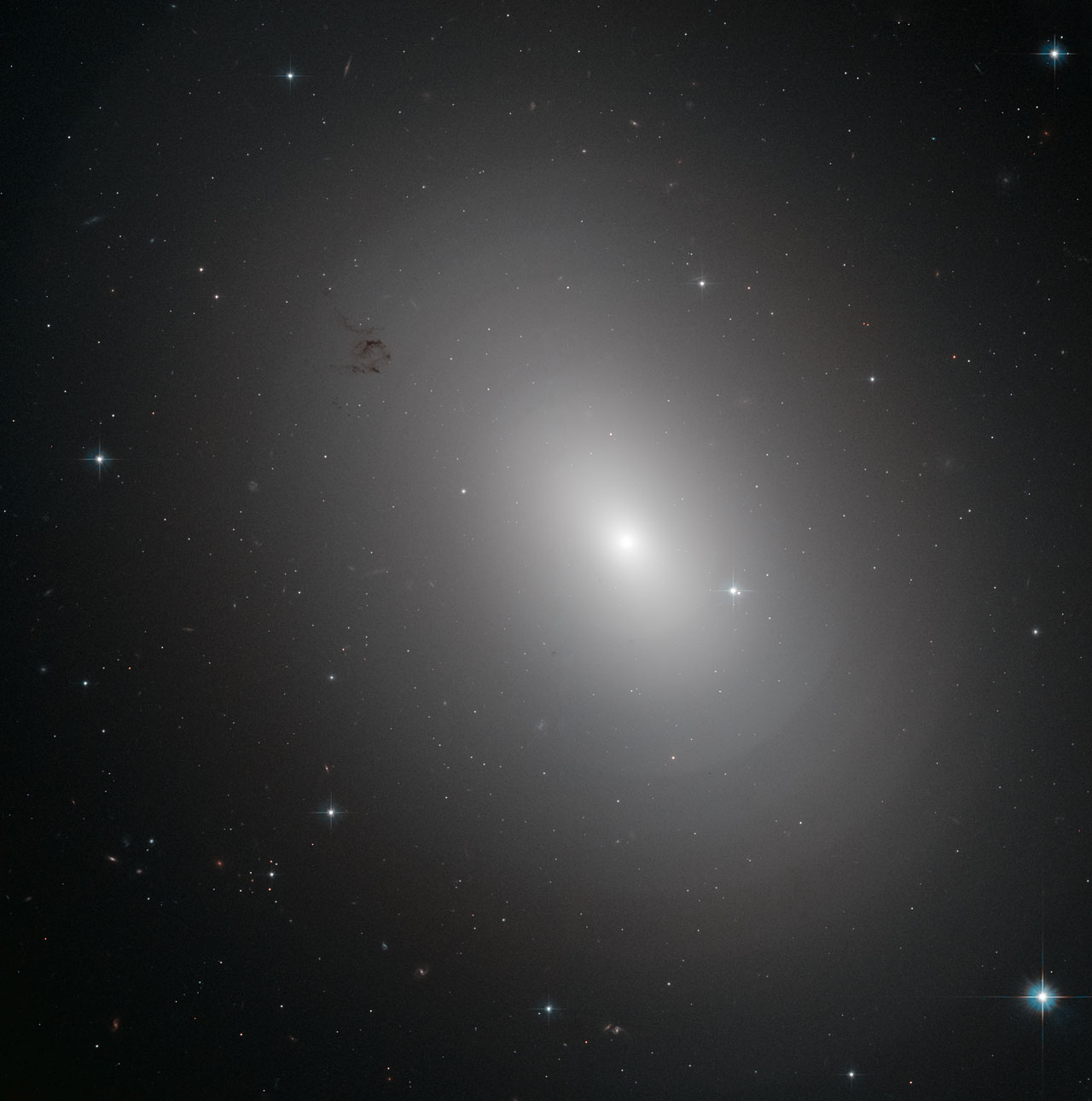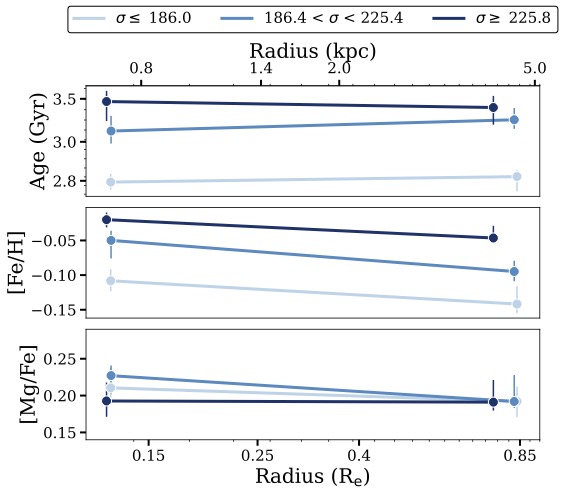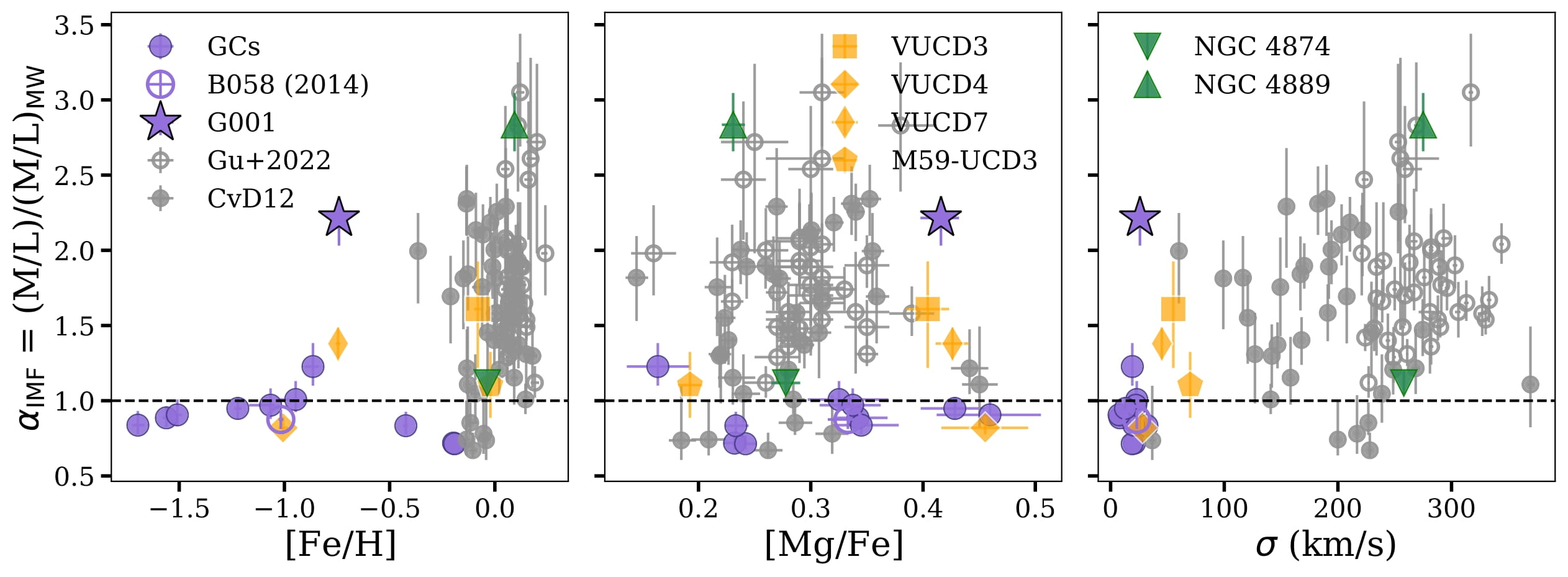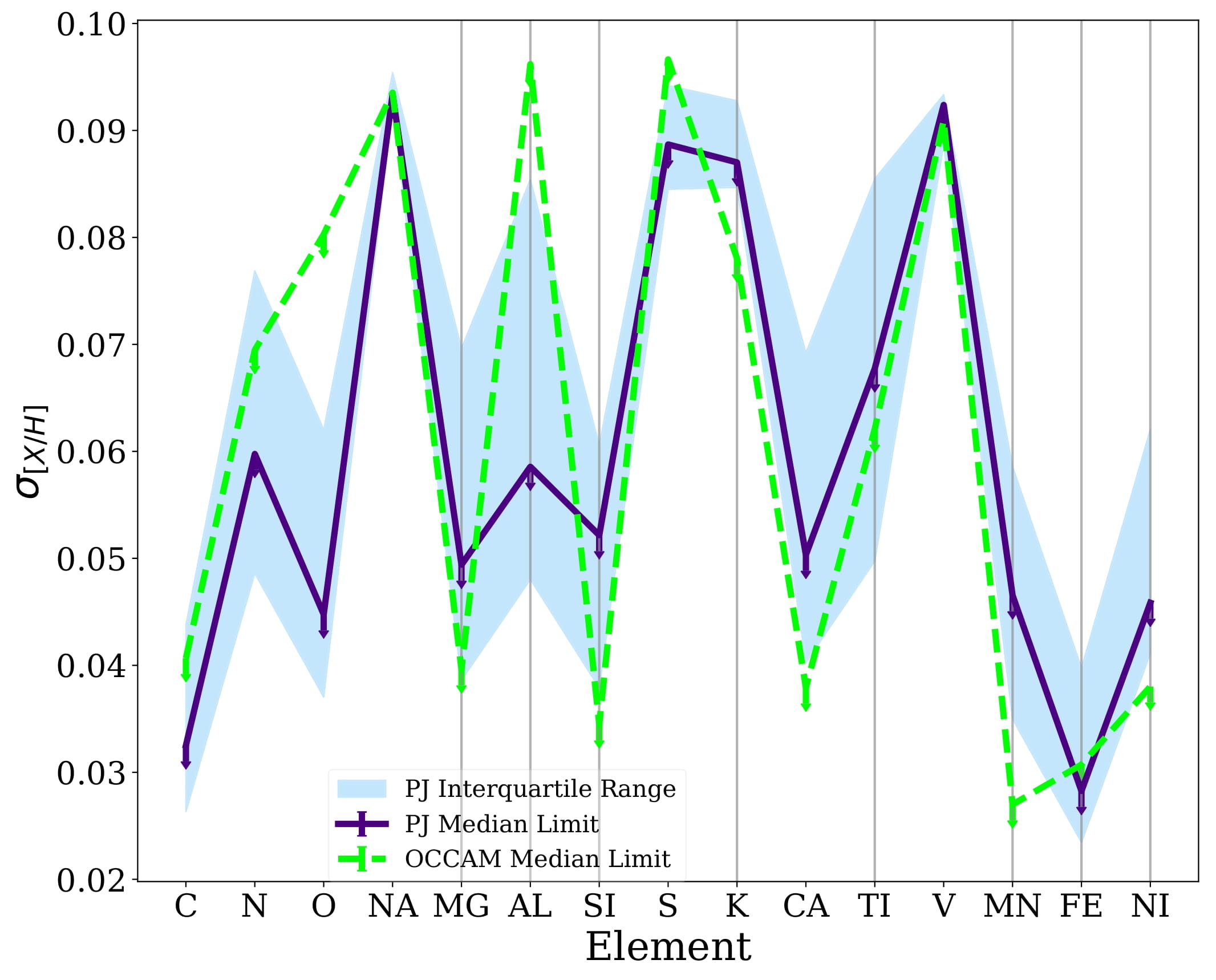About Me

I am a PhD candidate at Leiden Observatory, the astronomy department at
Leiden University. I work on galaxy formation and evolution, with a particular
interest in stellar populations and elemental abundances. My advisor is
Mariska Kriek. I am
also a Co-PI on a Cycle 3 JWST/NIRSpec program, which will be observed
very soon. Stay tuned for more information!
Outside of astronomy, I enjoy knitting, cooking, sewing, exercising,
and singing! I am originally from Markham, Ontario, but I have also lived in Arcata, California,
Toronto, Ontario, and Leiden, The Netherlands.
Education:
- PhD in Astronomy at Leiden Observatory: 2022 - Present, supervised by
Mariska Kriek.
Thesis: Unravelling the formation histories of distant quiescent
galaxies using ultra-deep spectroscopy.
- MSc in Physics at the University of Waterloo and the Waterloo Centre
for Astrophysics: 2020 - 2022, supervised by
Michael Balogh.
Thesis: Testing the extremes of initial mass function variability using
compact stellar systems.
- Hon. BSc in Astronomy and Physics at the University of Toronto:
2016 - 2020, supervised by
Jo Bovy.
Thesis: Testing the chemical homogeneity of chemically-tagged dissolved
birth clusters.
Research Interests: I am broadly interested in galaxy formation and evolution.
In general, I use spectroscopy to reveal the early stages of galaxy evolution and
star formation, using the archaeological record contained in the chemistry of stellar
populations. I examine both resolved and unresolved stellar populations.
I enjoy mixing observational techniques with statistical and computational
methods.
Publications: I publish under the name "Chloe M. Cheng".
Here is an
ADS link to my astronomy publications. If you are interested,
I also have some co-authored publications in the fields of neuroscience and nuclear
physics! Here is a link to my
Google Scholar page.
Research

I currently study quiescent galaxies at intermediate-to-high redshifts. Previously,
however, I have worked on low-redshift stellar systems as well as the Milky Way.
In all of my work, I use spectroscopy to examine the stellar populations of different
regions. Below is a summary of each of my major projects. (Image credit: NASA)

Age and metal gradients in massive quiescent galaxies at 0.6 ≲ z ≲ 1.0: implications for quenching and assembly histories
Examining spatially resolved stellar populations can give us insight into the assembly histories and
quenching mechanisms of massive quiescent galaxies. In particular, stellar population gradients
encode the build-up of stellar mass and allow us to differentiate quenching mechanisms and assembly scenarios.
This has primarily been done at low redshifts, but has been challenging to apply beyond the local Universe as ultra-deep, high-S/N
spectra are required. This is now possible with the LEGA-C survey. We have measured spatially resolved stellar ages, metallicities
and abundance ratios for 456 massive, quiescent galaxies at 0.6 ≲ z ≲ 1.0 from the LEGA-C survey, using full-spectrum models.
On average, we found flat age and [Mg/Fe] gradients and negative [Fe/H] gradients. We also estimated what the intrinsic
[Fe/H] gradients are expected to look like via forward modeling. Additionally, we found that younger quiescent galaxies
have negative [Fe/H] gradients and positive age gradients, which may indicate a recent central starburst in these galaxies.
This result further suggests that flat colour gradients measured via photometry in young quiescent galaxies are due to the
positive age and negative metallicity gradients compensating each other. In older quiescent galaxies, we found that
the age gradients flatten and [Fe/H] gradients weaken (although they remain negative). Therefore, the negative colour
gradients that have been measured for older quiescent galaxies are likely driven by metallicity gradients, while the
flattening age gradient may be a result of the fading of the central starburst. The persistence of the negative [Fe/H]
gradients may hint at minor mergers, in particular, the outskirts of these galaxies may be simultaneously built up by mergers with
lower metallicity satellite galaxies. However, these gradients could also be inherited from star-forming progenitors, which means
that mergers may not be needed to explain our results. This work was published in
Cheng et al.
(2024).
We are also currently applying a similar method to our Cycle 1 JWST/NIRSpec program,
SUSPENSE
(see Slob et al. 2024). This study will extend
the analysis presented above to massive quiescent galaxies at redshifts up to ~3, generating the first
measurements of spatially-resolved stellar populations via absorption line spectra at these redshifts.
Stay tuned for new results coming very soon!
Finally, the work done with LEGA-C has also spawned an additional paper, which has been submitted to MNRAS. More
details will follow after acceptance.

Initial mass function variability from the integrated light of diverse stellar systems
A fundamental concept underpinning star formation and galaxy evolution studies is the
distribution of birth stellar masses in a galaxy, called the initial mass function
(IMF). Traditionally, most studies have assumed that the IMF is "universal", because
measurements made via the direct method of resolved star counts in the Milky Way and in
nearby star-forming regions have found little-to-no variation. This assumption
has been challenged by increasingly detailed, indirect measurements in diverse,
extragalactic stellar populations. However, observations of variations in the IMF
with environment are still debated, since there is still not a satisfactory
theoretical framework to explain this.
A key limitation is that observations thus far have only probed metal-rich ETGs, which
encompass a narrow region of mass-metallicity-density parameter space. In this work,
we observe the integrated light spectra of diverse objects, including "compact" stellar
systems (i.e. globular clusters and ultra-compact dwarf galaxies) and brightest cluster
galaxies. We sample a wide range of metallicities (-1.7 < [Fe/H] < 0.01) and velocity
dispersions (between 7.4 km/s and 275 km/s). We reduce high S/N Keck LRIS spectra. We
measure the IMF by fitting the spectra with the
alf models, which allow for IMF
variations. This is a follow-up study to
Villaume et al. (2017)
We show that compact stellar systems do not follow the same trends with physical
parameters that have been found for ETGs. This is shown in the Figure above, where we
plot the IMF mismatch parameter (ratio between the mass-to-light ratio for a fit
allowing for IMF variation and a fit where we fix the IMF to the Milky Way value) as a
function of stellar parameters. The objects in our sample are shown in colour and ETGs
from the literature are shown in grey. The dashed line represents the value of the IMF
mismatch parameter for a
Kroupa (2001) Milky Way IMF. In particular,
we find that previously established trends between metallicity and IMF variation may
change in complex ways.
This work was published in Cheng et al.
(2023).

Testing the chemical homogeneity of chemically-tagged dissolved birth clusters
Chemically tagging stars back to common formation sites in the Milky Way is crucial
for understanding the chemical and dynamical history of the Galactic disc. In
Price-Jones et al. (2020), 21 dissolved birth clusters were found in the
APOGEE survey, by blindly chemically tagging an eight-dimensional chemical space using
the Density-Based Spatial Clustering Applications with Noise algorithm (DBSCAN). In
this work, we constrain the intrinsic abundance scatter in 17 of these groups. We do
this by modeling the stellar spectra as a one-dimensional function of initial stellar
mass, forward modeling the observed spectra, and comparing the data and the models
using Approximate Bayesian Computation. We test the method on the well-studied open
clusters M67, NGC 6819, and NGC 6791, using data from
OCCAM
(Donor et al.
2018). In general, we are able to
strongly constrain the 15 elements that we examine. This is shown in the Figure above,
which is asummary plot of the constraints on the chemical abundances for each element X
in all of the clusters that we examine. The median constraint on each element across
the chemically tagged birth clusters is shown in purple. The interquartile range is
represented by the blue region. The elements used in
Price-Jones et al. (2020) to tag
the birth clusters are indicated by grey lines. The median constraint across the
Milky Way open clusters from
OCCAM are shown
in green. This strengthens the statement that these groups of stars represent birth
clusters.
This work was published in
Cheng et al.
(2021).
Contact
Email: cheng@strw.leidenuniv.nl
Address: Leiden Observatory
Gorlaeus Building
Einsteinweg 55, BW3.29
NL-2333 CC Leiden
The Netherlands





